Manual transmissions used to be the heart of performance driving. But today? They’re slowly disappearing, replaced by faster, smarter, and more efficient automatics and dual-clutch systems. Car companies say it’s about performance, emissions, and demand—but for many drivers, something gets lost when there’s no third pedal. These ten cars help explain why the stick shift is fading—and what we’re losing in the process.
BMW M5 (F90)
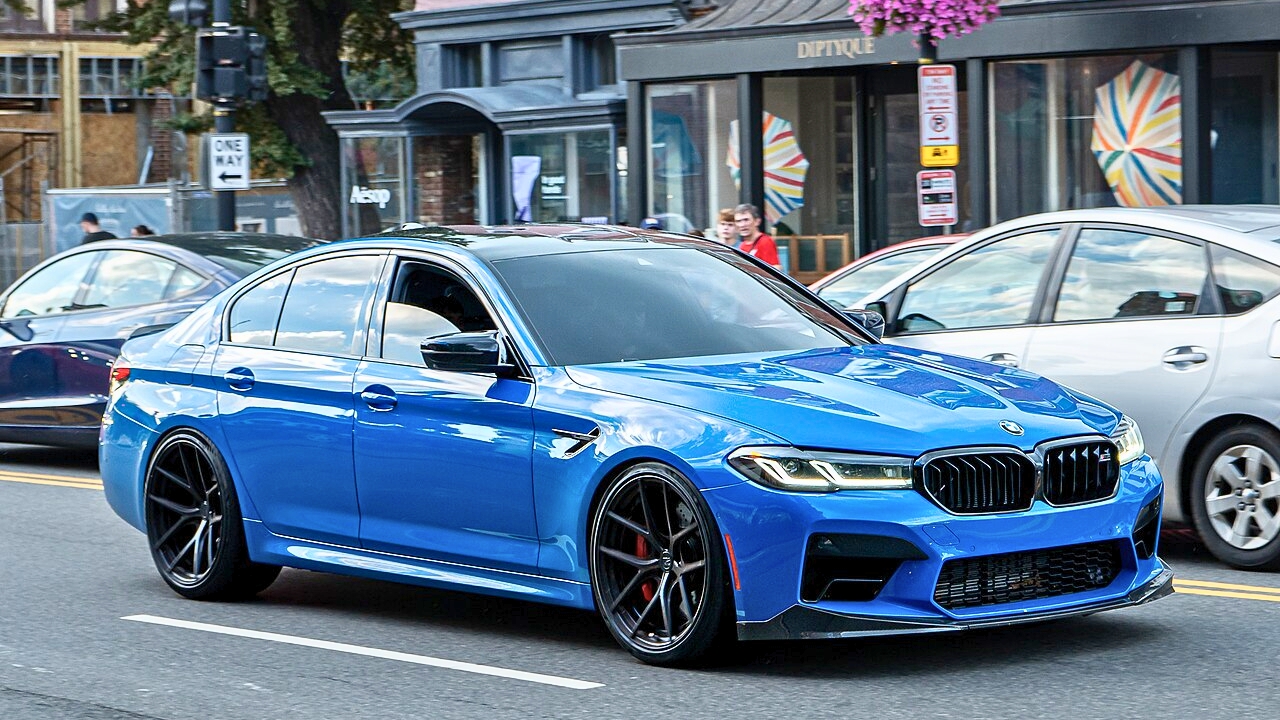
The current BMW M5 only comes with an 8-speed automatic transmission. That’s a far cry from earlier models that gave you a manual option, especially in the U.S. The reason? Most buyers just weren’t choosing the manual, and BMW shifted toward what sold—and what matched the car’s increasingly tech-heavy driving systems.
With 600+ horsepower and AWD, the latest M5 can sprint to 60 mph in about 3.1 seconds. It’s brutally fast, but the trade-off is that you lose that analog connection that defined older M cars.
Porsche 911 GT3 (992)
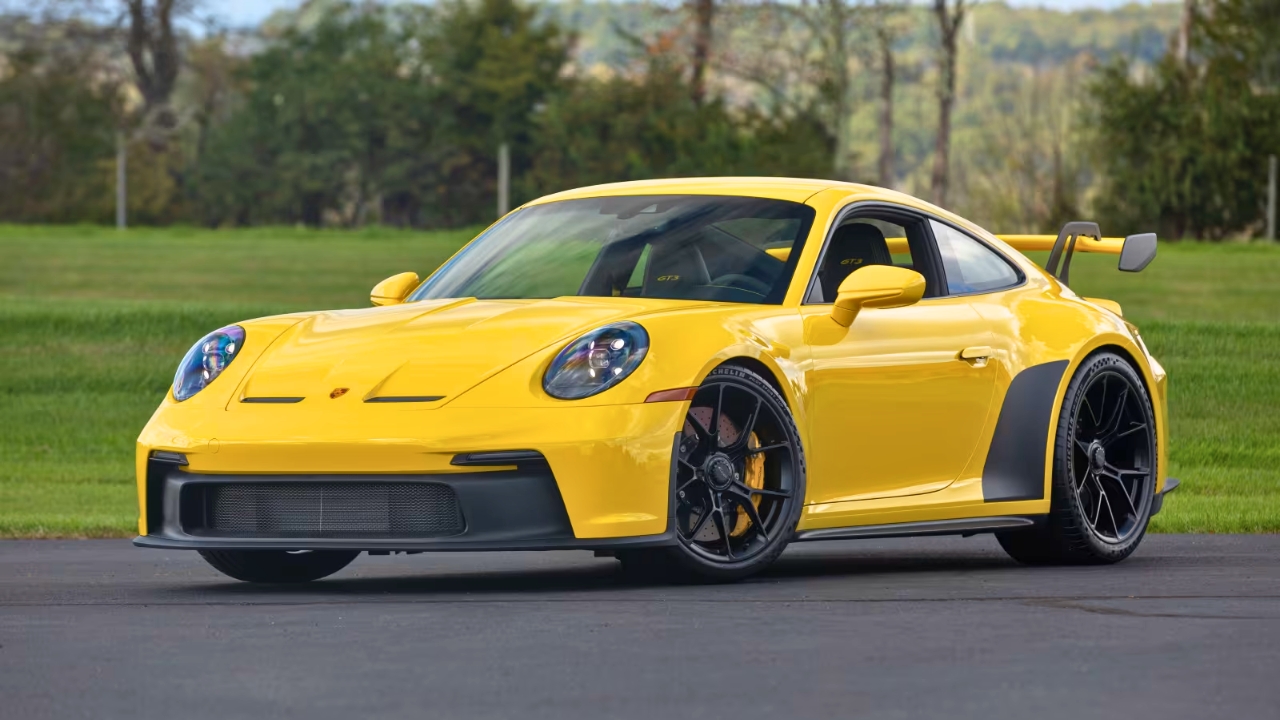
Porsche is one of the few carmakers still fighting for the manual. In the latest 911 GT3, you can still get a 6-speed stick—if you ask for it. But that’s not the default anymore. Most buyers opt for the quicker-shifting 7-speed PDK dual-clutch transmission.
The car itself is a performance monster, with a 4.0-liter flat-six revving to 9,000 RPM and pushing 502 hp. But even in a car this special, Porsche has admitted that automatics dominate the order sheets—because they’re just faster and easier to live with.
Toyota Supra (A90)
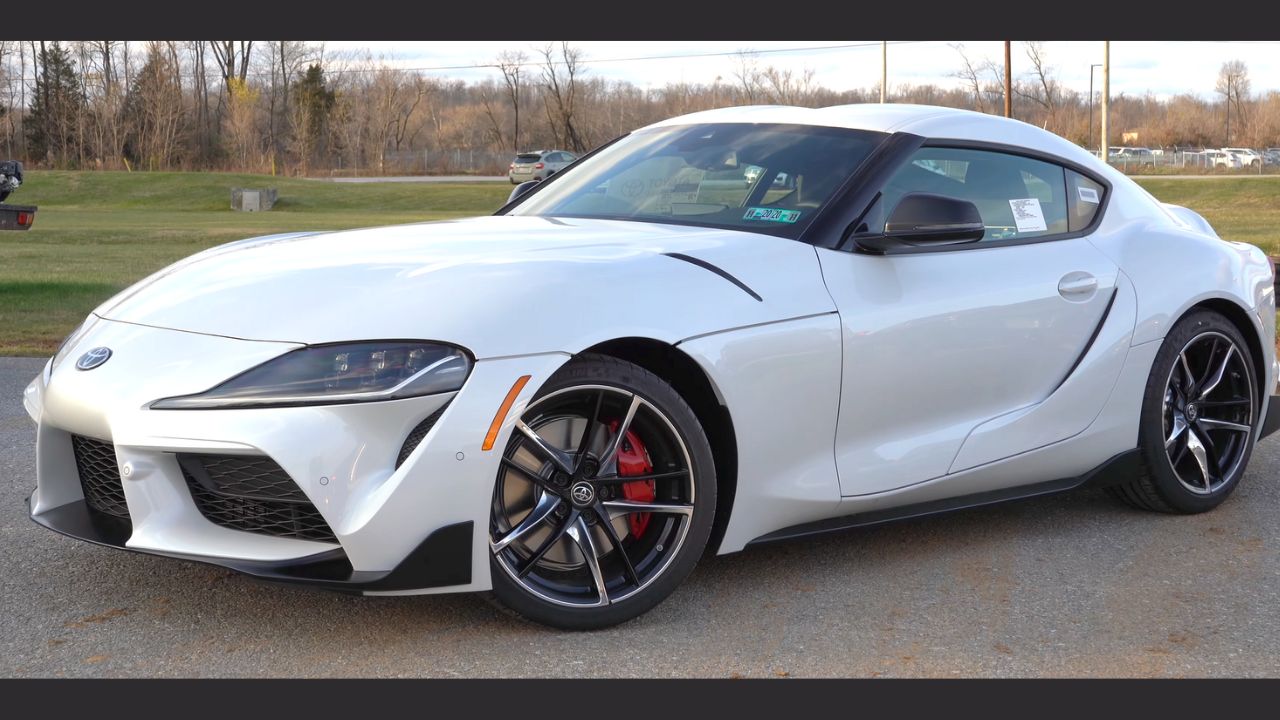
When the fifth-gen Supra dropped in 2019, fans were loud about one thing: no manual option. For the first few years, Toyota only offered an 8-speed automatic. It wasn’t until 2023 that a 6-speed manual finally arrived—but by then, most of the buzz had shifted elsewhere.
Why did it take so long? Toyota said it wanted to “perfect” the manual for this specific car, but the real story is simpler: the market for row-your-own transmissions is shrinking fast, and the Supra’s BMW-based platform made it easier to launch with an auto first.
Dodge Challenger Hellcat
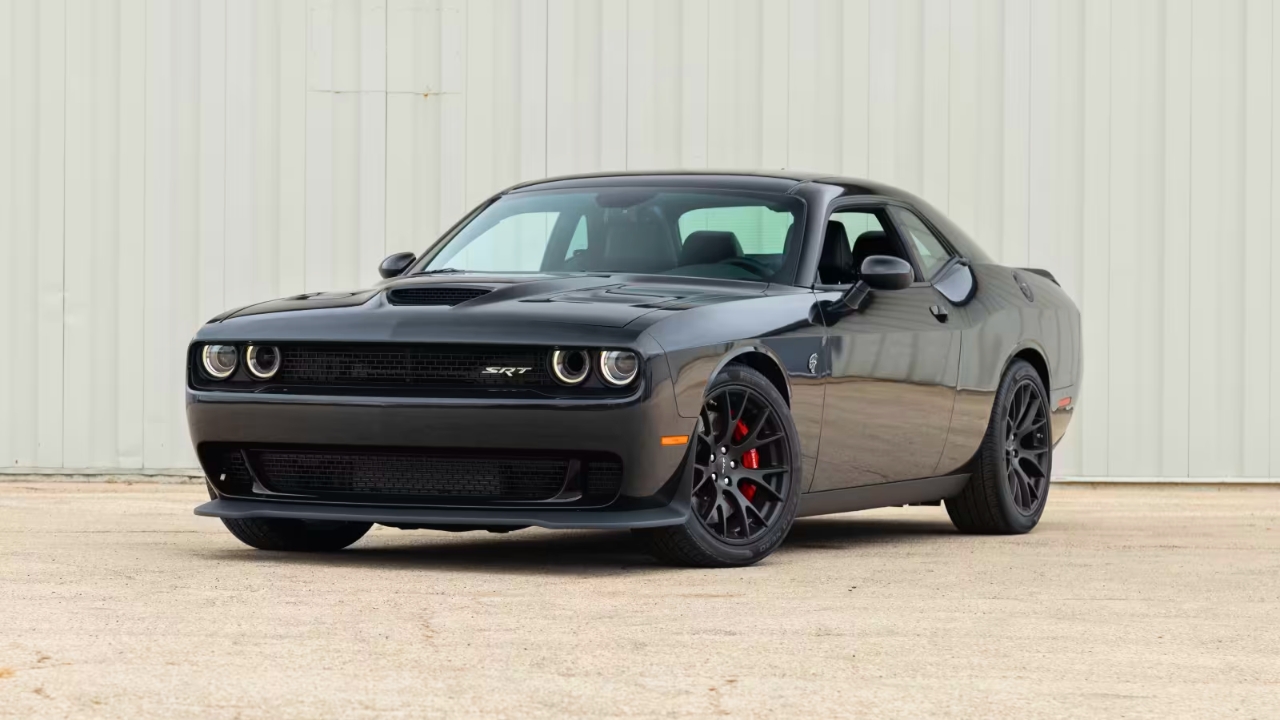
You could get a 6-speed manual in earlier Hellcats, but it disappeared with the final years of production. The problem? That much torque—650+ lb-ft—just eats through clutches, and the automatic was quicker anyway.
The Hellcat’s 6.2-liter supercharged V8 makes 707 horsepower in base form. It’s a burnout machine, built more for speed than surgical shifting. For Dodge, it made more sense to focus on the 8-speed automatic’s reliability and performance over trying to keep a manual alive for the sake of nostalgia.
Honda Civic Si
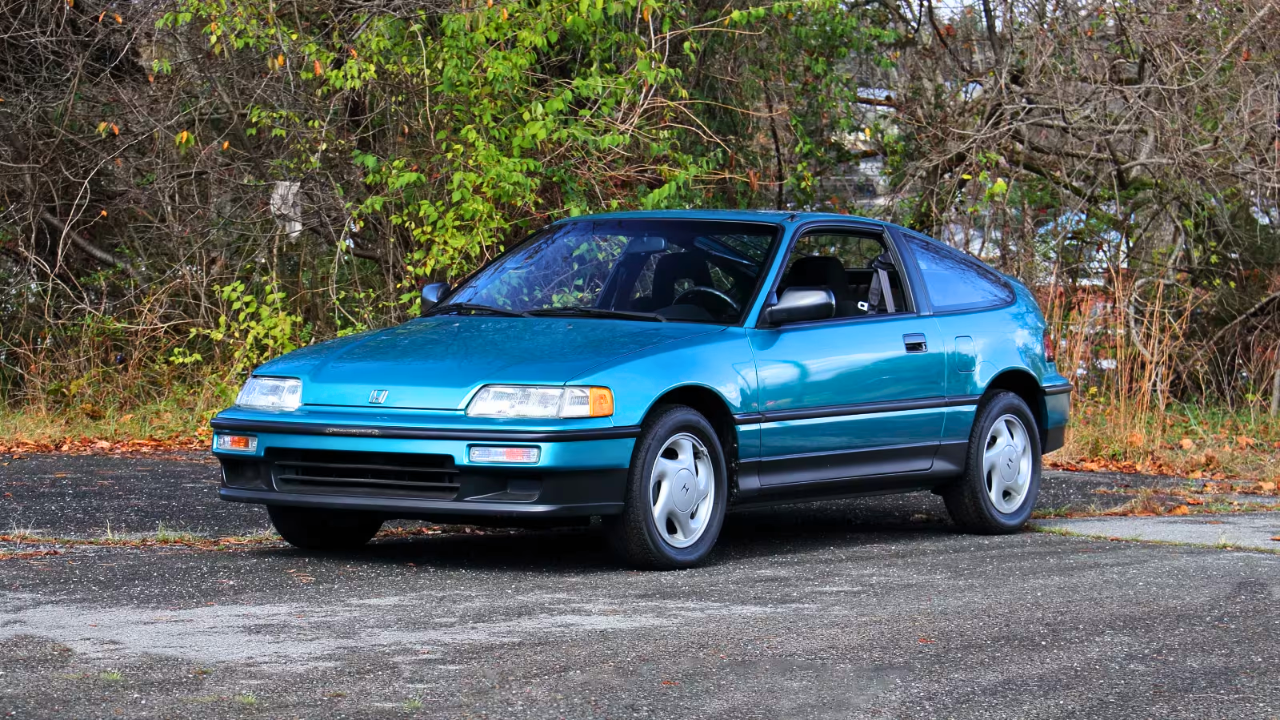
Honda was one of the last holdouts for affordable manuals. The Civic Si still offers a 6-speed manual exclusively—but even that’s starting to feel like an endangered species. Sales of manual Civics have dropped as more buyers opt for the CVT in lower trims or cross over to SUVs.
The Si makes 200 horsepower from a 1.5-liter turbocharged inline-four. It’s light, tossable, and a joy to drive with a manual. But cars like this are becoming harder to find—not because they aren’t great, but because they don’t move the sales needle like they used to.
Ford Mustang GT (S650)
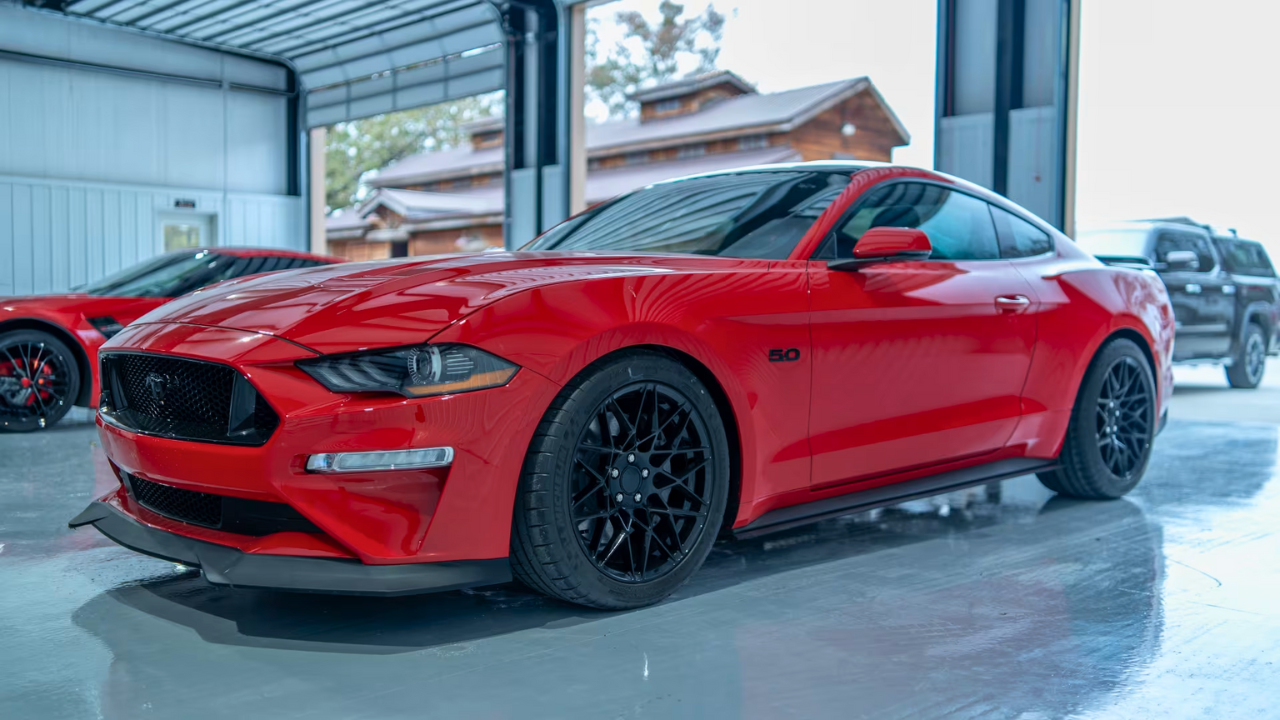
The latest Ford Mustang still offers a manual with its 5.0-liter V8, which is worth celebrating. But even here, the writing’s on the wall. Automatic-equipped Mustangs outsell manuals by a wide margin, and the 10-speed auto is just faster.
Ford knows its audience, but emissions regulations and global demand trends will likely push future versions toward electrification—and automatic-only setups. That makes this generation one of the last with a stick, even if the GT still lets you row your own for now.
Chevrolet Corvette (C8)

The switch to a mid-engine layout in the C8 Corvette marked the end of an era. There’s no manual transmission available, and there never will be—Chevy has made that clear. Instead, the C8 uses an 8-speed dual-clutch automatic that shifts quicker than any human ever could.
Performance-wise, it’s hard to argue. The C8 Z06 revs to 8,600 RPM and hits 60 mph in under three seconds. But for those who loved the raw feel of older Vette manuals, this was a turning point—proof that even iconic nameplates are adapting to a world where fast and easy wins.
Mazda MX-5 Miata
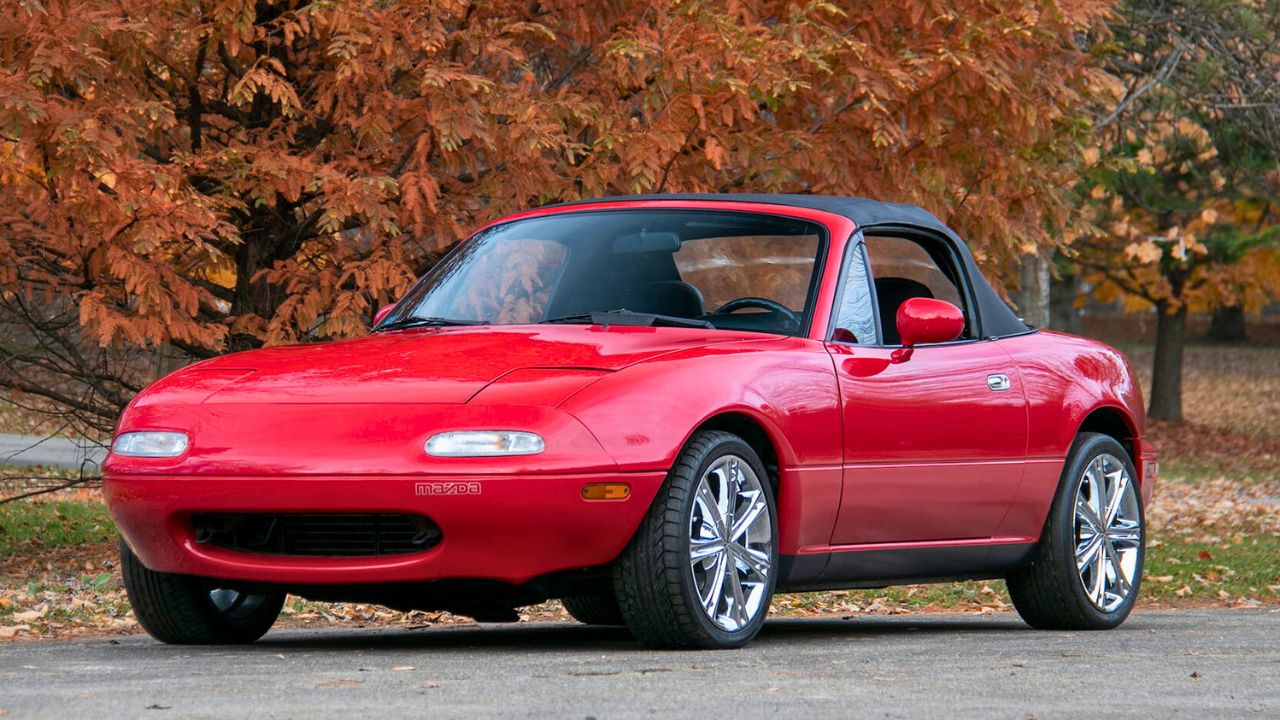
The Miata is still doing what it does best: offering a lightweight, rear-wheel-drive experience with a 6-speed manual. Mazda hasn’t ditched the stick yet, but sales show a growing number of buyers are picking the automatic.
With just 181 horsepower from a 2.0-liter four-cylinder, it’s not a numbers car—it’s about engagement. The Miata proves there’s still a place for manuals, but it also shows just how niche that place is becoming in a market obsessed with horsepower and lap times.
Subaru WRX
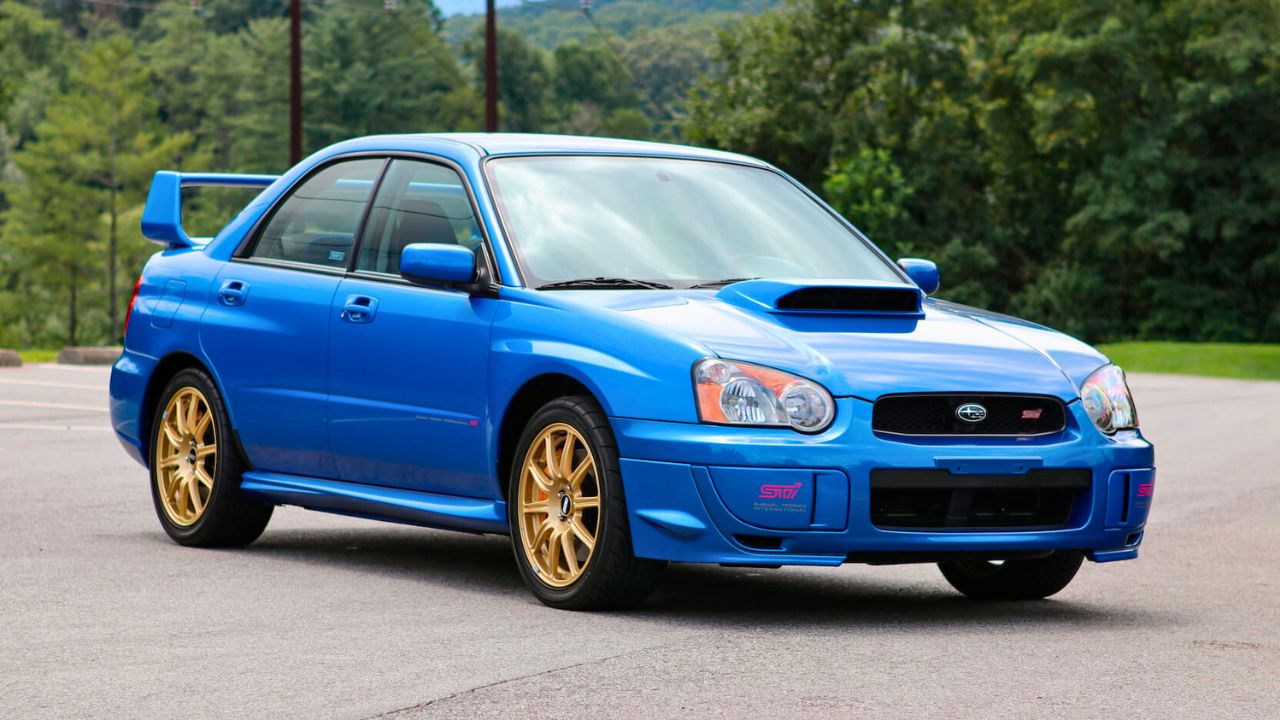
The latest WRX still comes with a manual, but now it shares space with a CVT in most trims. Subaru says the auto is popular with younger buyers and city drivers who don’t want to deal with shifting in traffic.
The WRX’s 2.4-liter turbocharged flat-four makes 271 horsepower and 258 lb-ft of torque. It’s still quick and fun, but with Subaru shifting focus toward broader appeal, the days of manual-only rally cars are fading fast—even in brands built on driver engagement.
Ferrari 599 GTB Fiorano
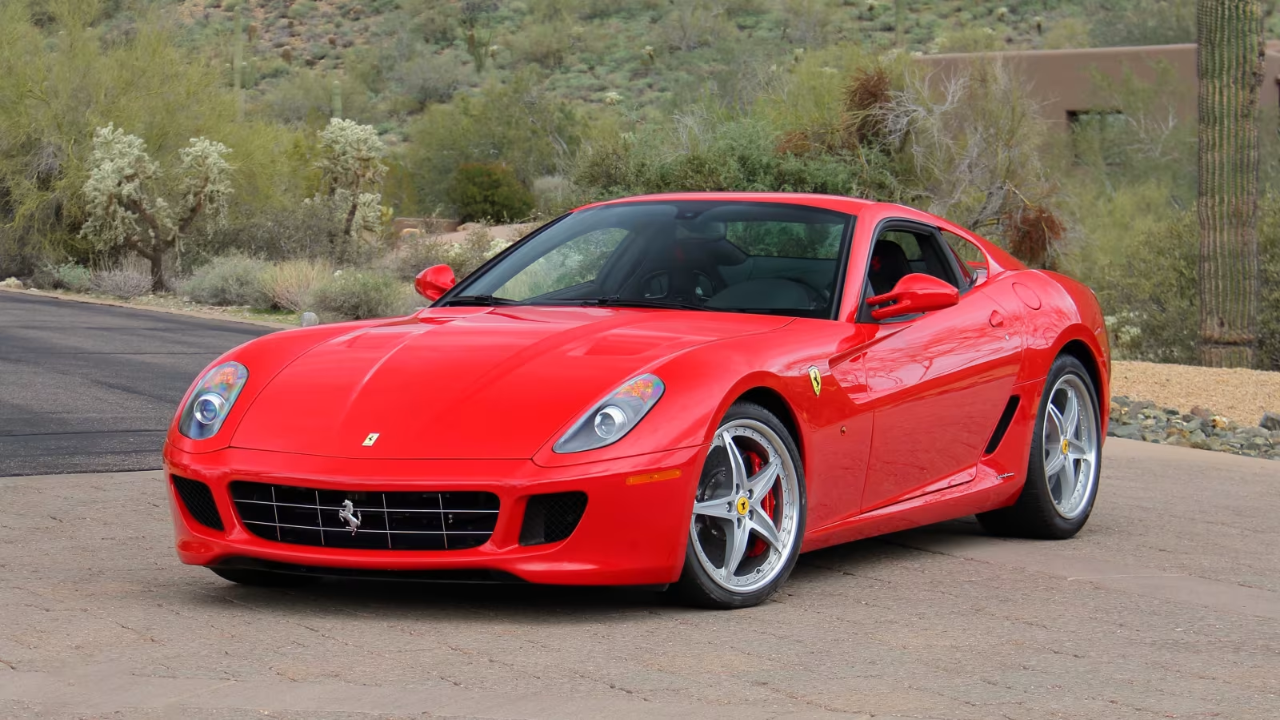
Ferrari hasn’t offered a manual gearbox in a new car since the early 2010s, but the 599 GTB marks a high-water mark for the brand’s gated-shifter era. Only a handful of these front-engine V12 beasts were built with a 6-speed manual—making them unicorns today.
The 599 GTB had a 6.0-liter V12 making 612 horsepower, and while most came with the F1-style paddle shifters, the manual versions now sell for millions. That rarity highlights what’s happened across the board: stick shifts became so unpopular that they’re now exotic collectibles.
*This article was hand crafted with AI-powered tools and has been car-fully, I mean carefully, reviewed by our editors.

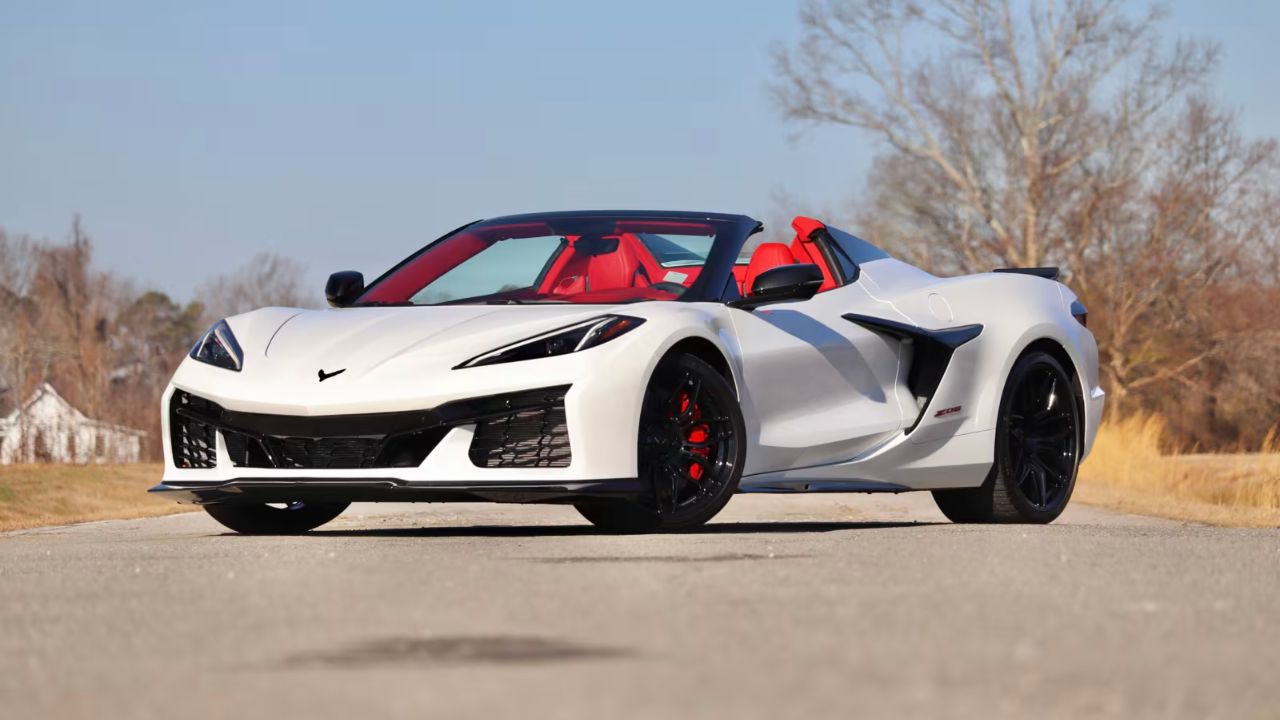
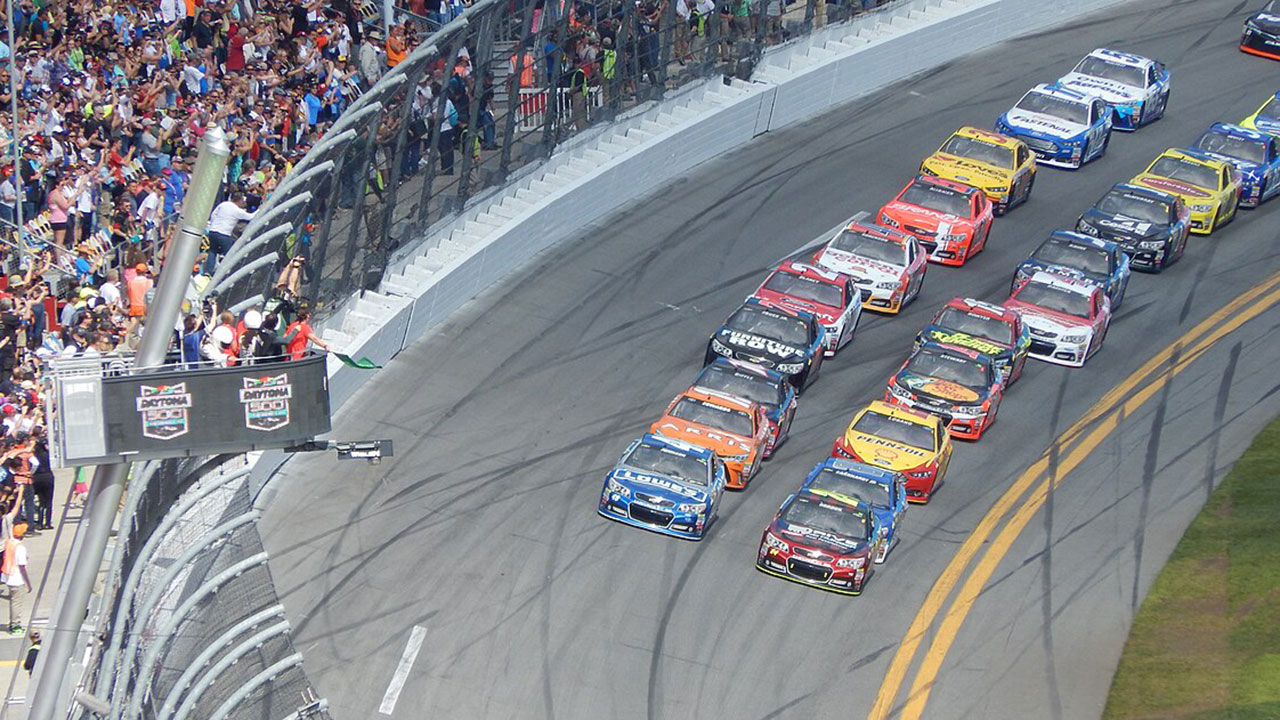

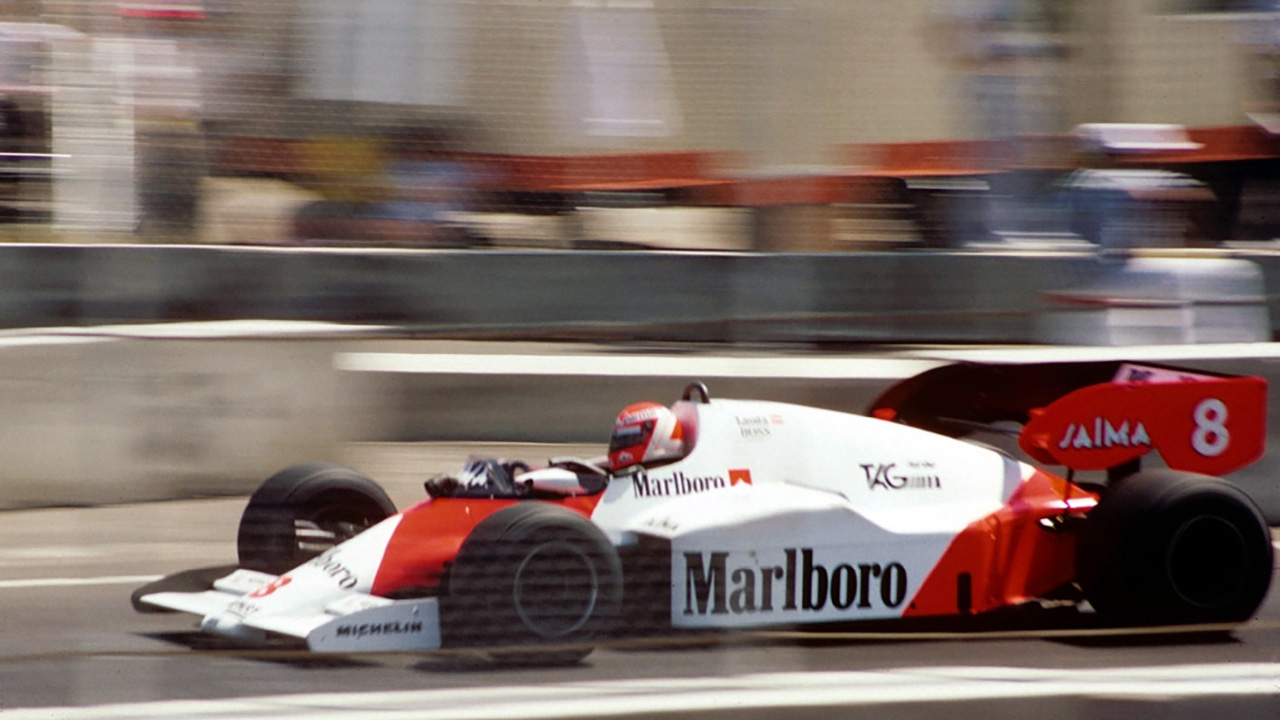
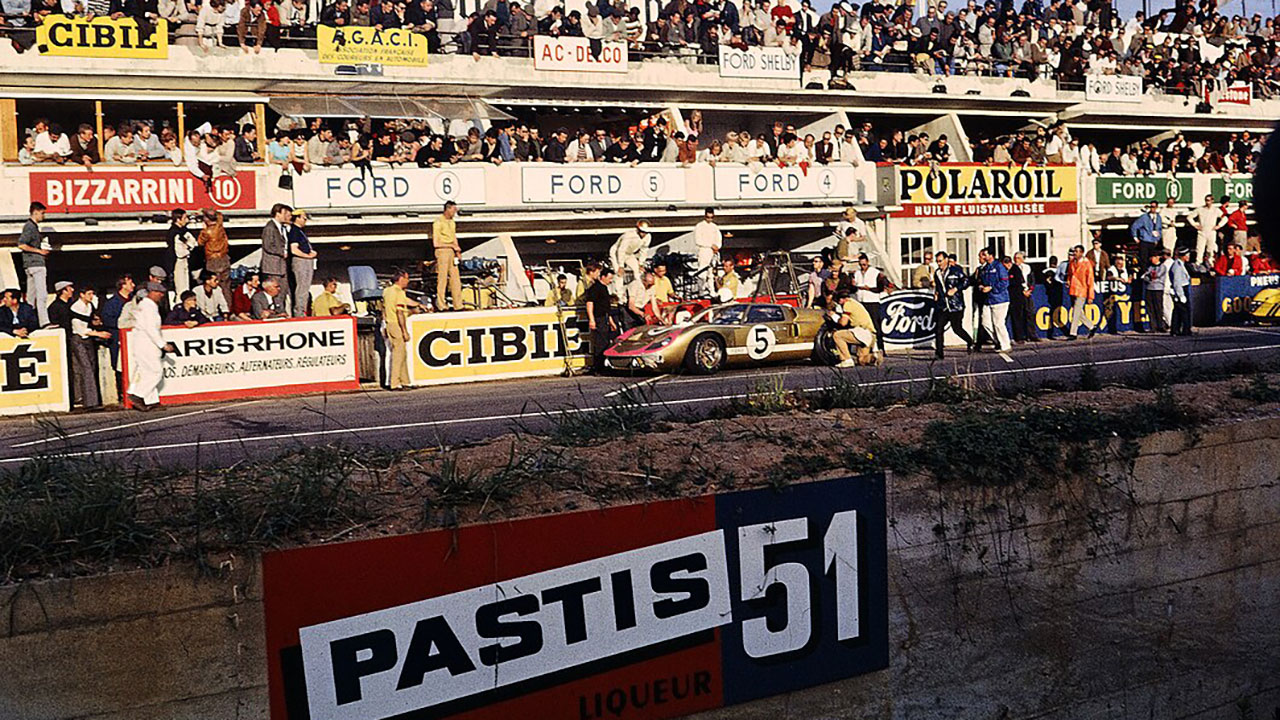
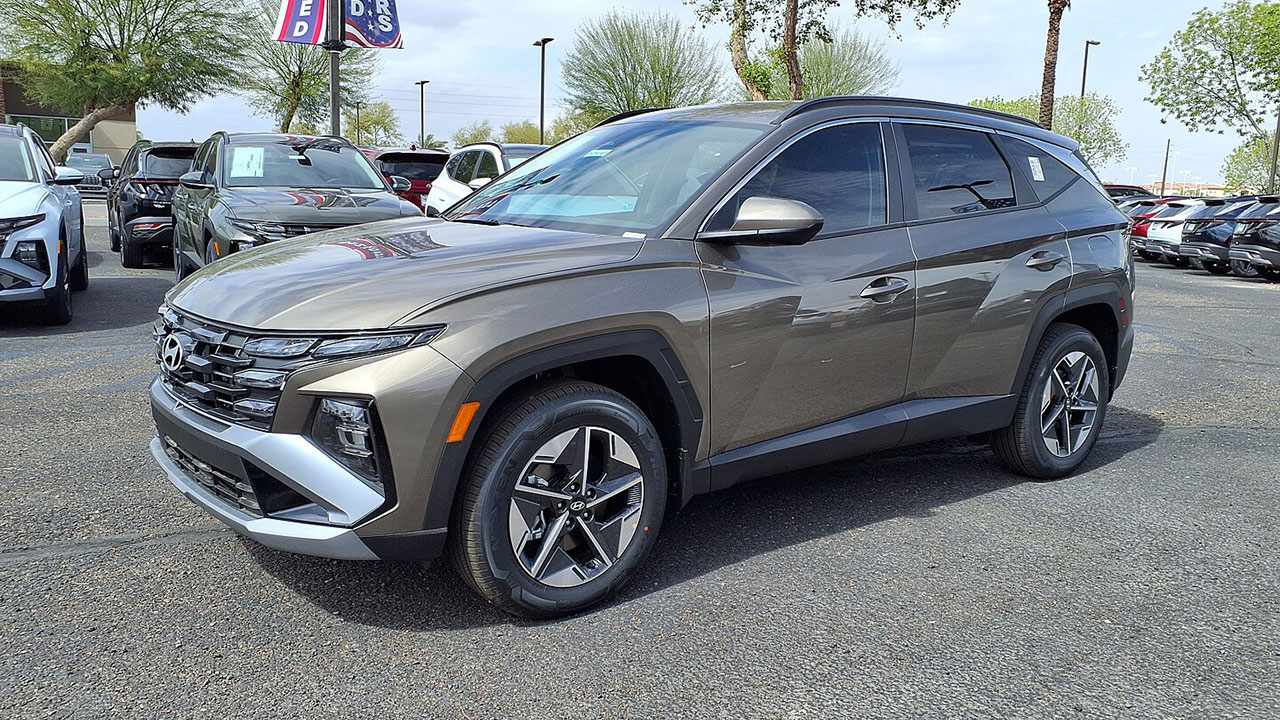
Leave a Reply